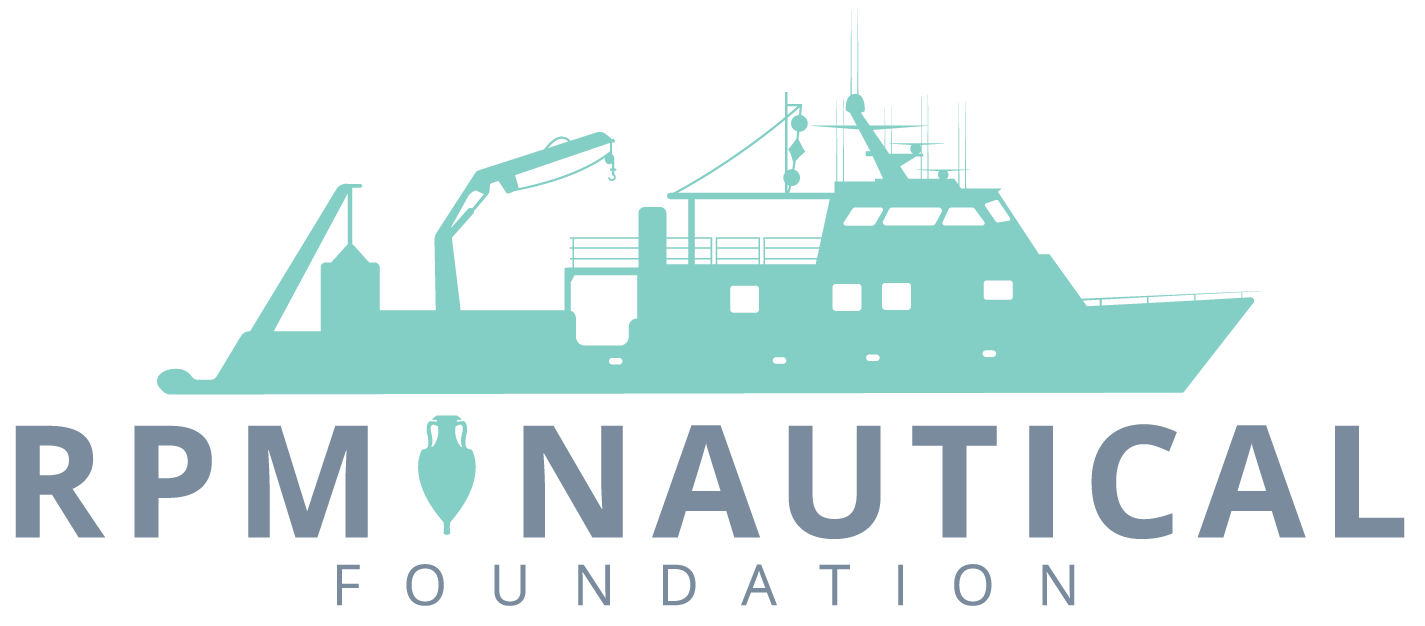Overview
Fieldwork along the eastern Adriatic coast in 2009 marked the initial campaign conducted and coordinated under the research initiative of the Illyrian Coastal Exploration Program (ICEP). The goals of the program, introduced in this publication (Royal 2009), are to bring together numerous research institutes in an effort to investigate the eastern Adriatic coast. At the core of this program is a survey of the littoral region, out to the c. 100-m contour, spearheaded by RPM Nautical Foundation (RPMNF). The goal of the survey is to document all submerged cultural finds in an effort to assist the countries involved with the protection and scholarly research of these finds. This process is underway in Albania and Montenegro, and efforts are underway to organize fieldwork in Croatia for 2011. Among the entities involved in the program are the Albanian Ministry of Culture and Tourism, Albanian Institute of Archaeology (AIA), Butrint National Trust (BNT), Montenegro Ministry of Culture, Regional Center for Underwater De-Mining (RCUD), Montenegro Center for the Protection of Cultural Heritage (CPCH), Institute of Nautical Archaeology, Trinity University-San Antonio, U.S. Embassy-Montenegro. Efforts of many individuals make the program possible, among them are Dr. Adrian Anastasi (AIA), Co-Director in Albania, Auron Tare (BNT), Veselin Mijajlovic (RCUD), and Dr. Vilma Kovacevic (CPCH).
Survey Plan
Survey operations with a hull-mounted multibeam sonar were undertaken during May and June by RPMNF’s R/V Hercules. Detailed bathymetric data was collected first in Albania then continued in Montenegro (Figure 1). Overlapping survey lanes along the contours of the seafloor ensured 200% coverage of the seafloor and the ability to detect anomalies. Anomalies were verified primarily with a Remotely Operated Vehicle (ROV) operated from the R/V Hercules, except for a few in shallow areas of c. 5-35 m of depth where divers were utilized in Albania. Once the research vessel was positioned over an anomaly location, the ROV was deployed. A forward-scanning sonar affixed to the ROV facilitated the location of each anomaly and aided in the examination of the area surrounding each anomaly for scattered objects. Each site or submerged find was recorded with the ROV’s multiple video cameras. When deemed necessary, and conservation facilitates were available, objects were raised to assist in determining the date, provenience, and nature of the site or find. When geologic formations were encountered, they were scanned for cultural material that often is trapped when drag nets or currents push them onto rocks.
In addition to the multibeam survey, diver investigation was conducted in selected near-shore areas of Albania in order to gain an understanding of the presence of shallow-water material cultural. The dive team was expanded during the 2009 field season with the participation of volunteers from numerous organizations. Diver investigation included sections of coast all along the survey area. No beacons were attached to divers during operations; however, the locations of the dive boat, buoys placed at the furthest extents of the survey, and buoys at finds were recorded. Divers were armed with amphora identification slates, still cameras, scales, and drawing slates for recording finds.
In Albania, the 2009 multibeam survey addressed gaps and unfinished areas within the section surveyed during the 2008 season, and subsequently continued northwards (Figure 2). From the southernmost point at the Greek border, the survey has progressed northward to Porto Palermo in three seasons, a distance along the coast of c. 50 km. 1 Once the operation progressed north of Corfu (Greece), it was possible to extend the survey area further offshore out to the c. 80-100 m contour. The survey plan formulated for Montenegro for this inaugural season was based on the areas of interest of RCUD and CPCH representatives, particularly the bays of Kotor and Risan (Figure 3). Founded in the 5th century BCE, the city of Risan includes remains from the Illyrian and Roman eras as well as the medieval period. Additionally, the survey of the outer coastline began with the area directly opposite the entrance into Tivat Bay (Boka Kotorska) and extended Cape Mačka. Combined the surveyed areas of Kotor and Risan Bays was approximately 28 km2; the bays have a general depth of c. 30 m with a maximum of 60 m in spring holes. R/V Hercules approached very close to shore in some sections and also passed in depths as shallow as 12 m. The coverage area on the outer coast was c. 32.5 km2 and ranged from 17–100 m.
Data from the multibeam operations was processed during, and directly after, the collection phase to produce three-dimensional models of the seafloor, which was then analyzed for anomalies.2 Anomalies were examined for association with either geologic formations or deposits consistent with shipwreck sites, the latter were plotted for verification. Once mapped out in navigation and spatial recording software, the R/V Hercules navigated into position over anomalies and the ROV equipped with a transponder was deployed.3 The software also allowed the real-time tracking of the R/V Hercules and ROV within a three-dimensional seafloor model, and to obtain precise locations for sites and random finds. During verification operations, the locating of each anomaly, as well as stray material near anomalies and sites, was facilitated by a forward-scanning sonar affixed to the ROV. Once cultural material was located and positions recorded, a visual investigation ensued through the use of still and video cameras. Scale was provided with a laser affixed to the ROV that provides two 10-cm spaced points.


 2009 Expeditions in Sicily
2009 Expeditions in Sicily